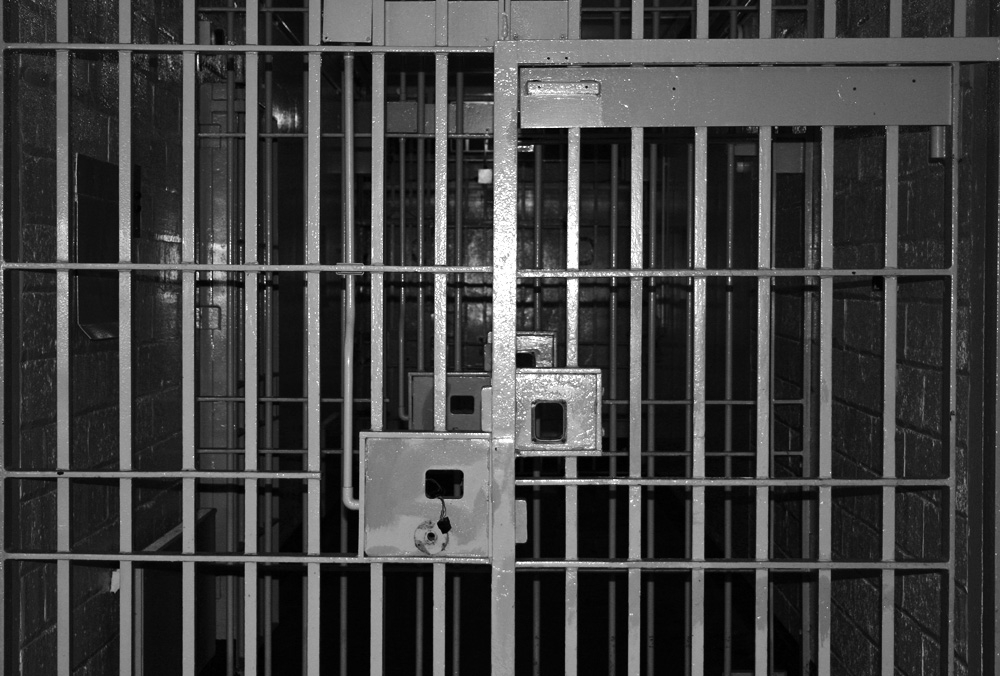The skyrocketing number of Aboriginal people in jail has sparked a special report by Canada’s prison watchdog, in which blame is pointed squarely at the federal government for failing indigenous people.
In the report Howard Sapers, Canada’s correctional investigator, notes that incarceration rates of First Nations, Metis and Inuit people in federal prisons have jumped over 43 per cent in the last five years.
While the Aboriginal population makes up four per cent of Canada’s population, 23.2 per cent of those in prison are Aboriginal.
The numbers are even more staggering for women, where more than one-third of the prison population is Aboriginal.
“There is a crisis for First Nations people, their families and communities in Canada’s justice system and prisons,” said Assembly of First Nations National Chief Shawn Atleo. “With a near 40 per cent increase in the incarcerated population of our people in the last decade, it’s time for urgent, substantive and meaningful change.”
Sapers’ special report to parliament on March 7 marked the first time in nearly 20 years that the correctional investigator has deemed an issue so important that such a move was necessary.
“By any reasonable measure – including the degree to which the will of Parliament has been respected, the over-representation of Aboriginal people in federal corrections and the lack of progress to improve the disparity in correctional outcomes continues to cloud Canada’s domestic human rights record,” Sapers told reporters on March 7.
Sapers’ report stated that the federal government has mounted an “insufficient response” to the increasing incarceration of Aboriginal people in Canada.
Sapers said there has been “no progress in closing the gaps in correctional outcomes between Aboriginal and non-Aboriginal inmates.”
The report also noted that the federal government set aside money in 2000 to build additional healing lodges for Aboriginal offenders, but only one lodge was built before the money was redirected.
Meanwhile Sapers wrote that Aboriginal offenders are less likely to get parole than other inmates and more likely to spend time in segregated units within prisons.
They are also more likely to have their parole revoked than non-Aboriginal prisoners.
Sapers called on the government to allow more First Nations communities to take over custody of First Nations offenders, as well as create more healing lodges.
He also wants to see a deputy commissioner for Aboriginal corrections position created.
The report comes just weeks after Superior Justice Frank Iacobucci’s report on the lack of First Nations on jury rolls in Ontario. Iacobucci also cited systematic racism and the history of colonialism as effects on First Nations’ perception of the legal system.
In a press release, the AFN said that the best way to deal with the rising prison rates for First Nations people is to invest in education.
“It costs about 10 times more to incarcerate a person for one year than it does to educate them for single year of high school,” said AFN Justice Portfolio holder, Alberta Regional Chief Cameron Alexis.
“An investment in nurturing the self-esteem, ambition and dreams of our children and youth will pay the greatest dividends and cost significantly less than having them end-up in the justice system. A holistic approach is required to address quality of life issues - lifelong learning, child welfare, housing, clean drinking water, infrastructure, environment, and jurisdiction.”
The AFN noted that funding caps on education for First Nations have resulted in students on-reserve getting substantially less money for education than their off-reserve peers.
Gold has arrived.










Gold has arrived. Here in the north of Ontario we see vast streams of gold shimmering across the landscape as autumn is here and the the leaves are turning...
I am the product, evolution of many thousands of years as are you. I grew up on the land in the remote far north of Ontario following in the footsteps of my...